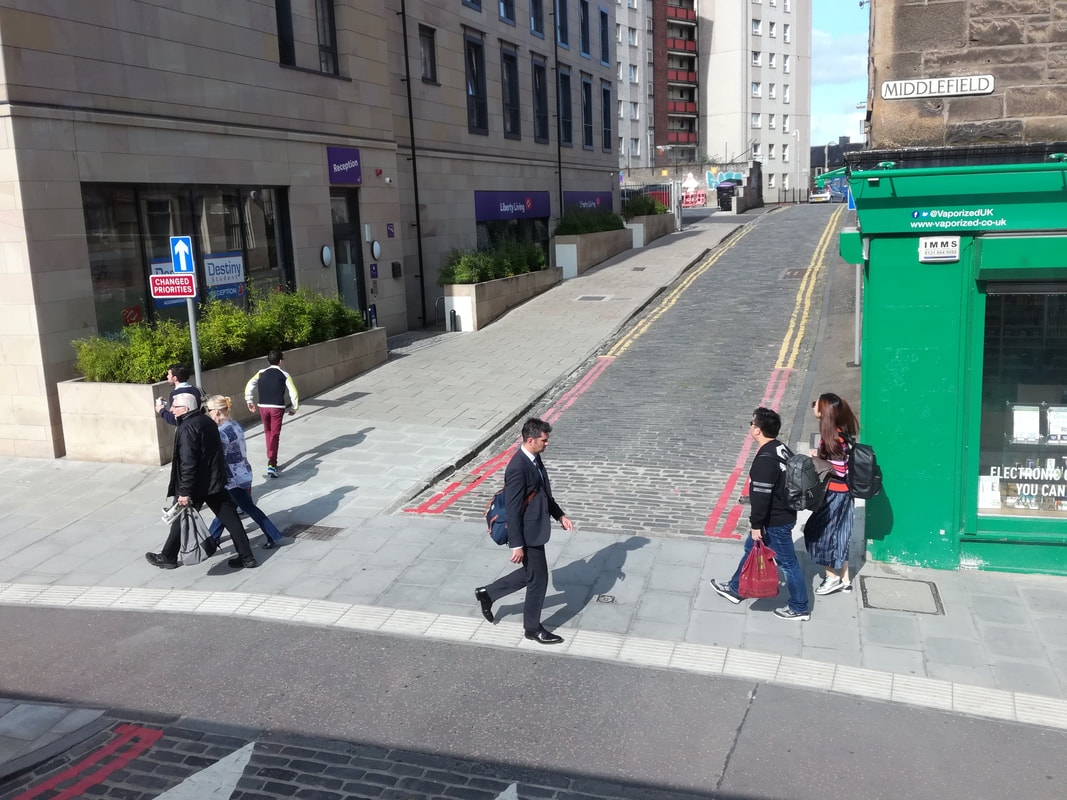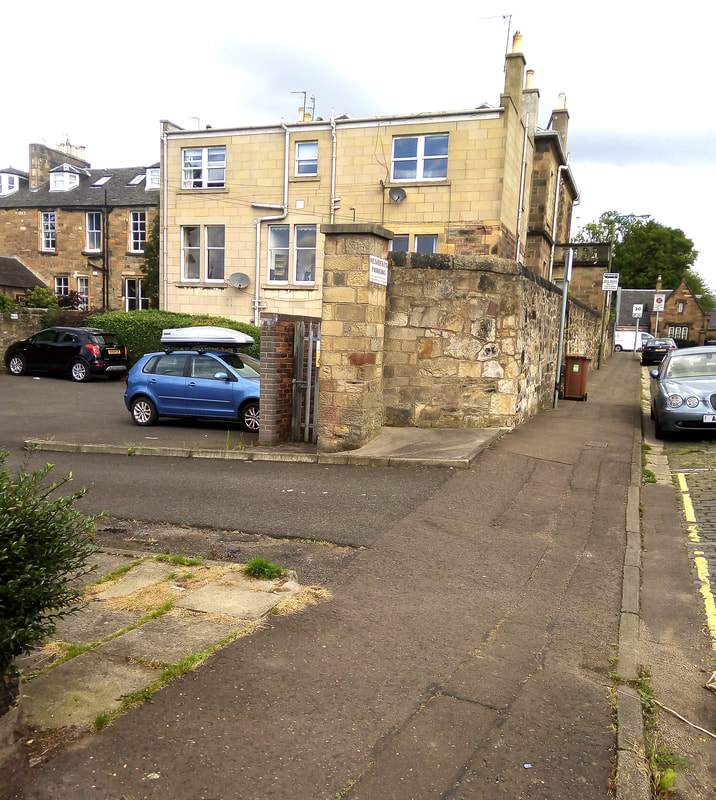The London Cycling Design Standards acknowledge these concerns, saying that continuous pavements “should currently be regarded as experimental in the UK. Further development of the concept is needed, in consultation with access groups, to determine acceptable approaches, given concerns over the lack of delineation between the footway and the area accessible to vehicles that runs over the entry treatment. Any proposal should be subject to an Equality Impact Assessment.” (P43)
So would the obvious design solution be to add tactile paving to continuous paving, to warn a visually impaired pedestrian that they are entering a space where they may encounter a vehicle? My hunch is that many advocates of continuous pavements would resist the use of tactile paving in such situations on the grounds that it would signal, to both pedestrian and driver, that walking priority is limited. Rather than walking across the side road with full confidence, a pedestrian should pause and check that vehicles aren’t turning into or out of the side road, undermining the ‘people over vehicles’ philosophy. Tactile paving also can inhibit the mobility of other disabled pedestrians, so it should not be over-used.
But on many ordinary pavements, there is already a risk of encountering a vehicle every few yards - where there are driveways or garages. The reality is that many pavements are already ‘shared space’ to some degree, as is every crossing of a side road. Would anyone expect tactile paving to be installed every time a driveway crossed a pavement? (Saughton Road North, Edinburgh).
As the DfT is at last reviewing the woefully out of date guidance on ‘Inclusive Mobility’ and tactile paving it is timely to give this some serious thought. It would be useful to have detailed national guidance, based on both research and consultation on if, where and when tactile paving is required on a continuous pavement.




 RSS Feed
RSS Feed
